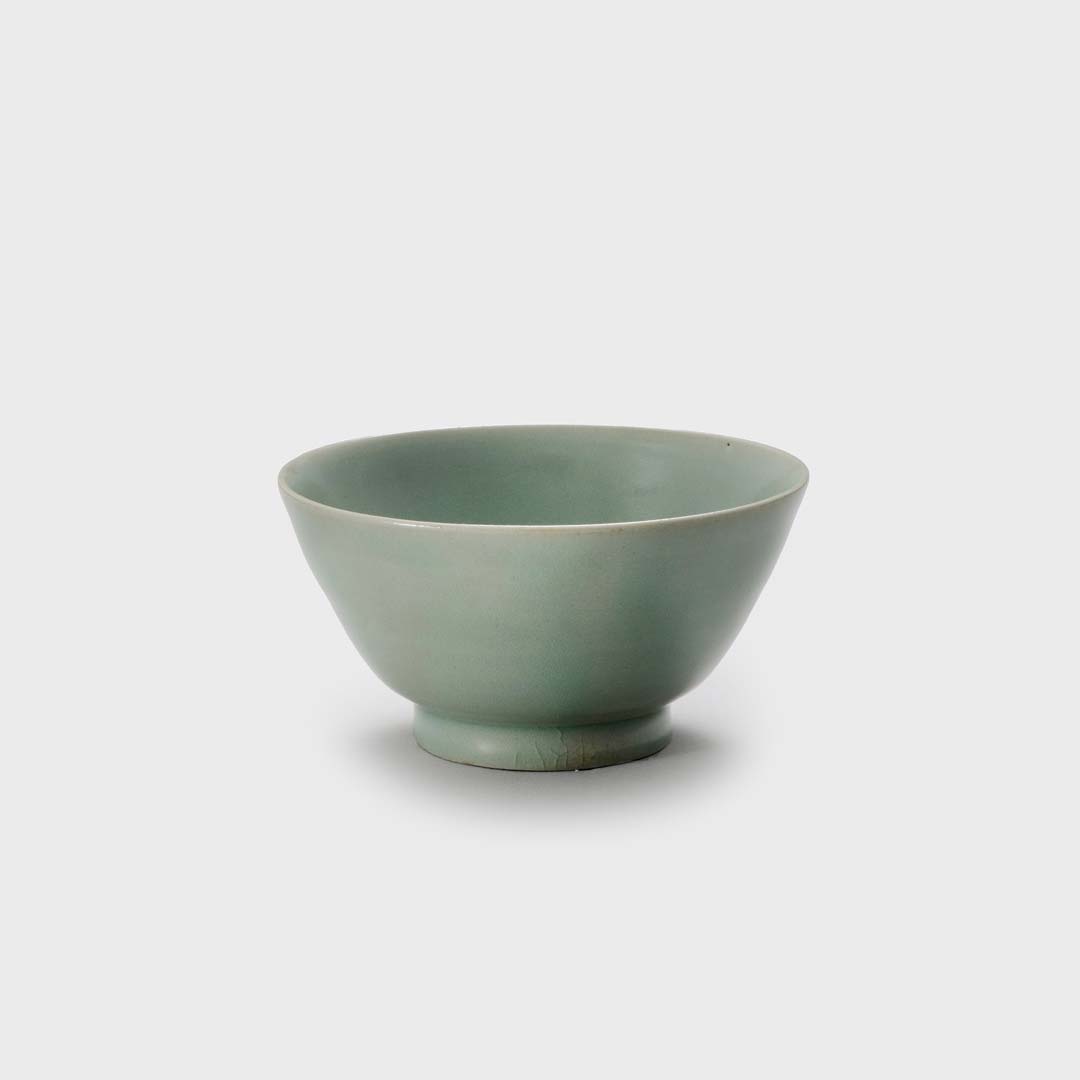
Celadon bowl
12th century, Stoneware with blue-green glaze, Korea, Goryeo dynasty (918–1392), 33.201

12th century, Stoneware with blue-green glaze, Korea, Goryeo dynasty (918–1392), 33.201
A LIFE OF COLLECTING KOREAN CELADONS
Korean potters adapted celadon technology from China. By circa 1200 of the mid-Goryeo dynasty (918–1392), they had created a refined Korean celadon tradition with original styles and motifs that were highly valued across China, Japan, and Korea alike. These include inlaid designs and the characteristic blue-green color, called bisaek.

A longtime Trustee and subsequently Honorary Trustee of the Seattle Art Museum, Frank Sawyer Bayley III (1939–2022) was an avid collector and promoter of Korean art. Emma B. Stimson (1887–1963), Bayley’s maternal grandmother and the first female director of the museum, had a keen interest in Chinese celadons from the Song dynasty (960–1279) and inspired Bayley’s passion for ceramics and Korean celadons. While Stimson was instrumental in establishing the foundations of SAM’s collection of Asian art, Bayley contributed significantly to the museum’s holdings of Korean artwork.
In this oral interview with the Seattle Art Museum, Bayley discusses several 12th-century Korean celadons. One of these, a ceramic bowl [59.29] from early in the century, was initially mistaken for a Song-dynasty Chinese celadon and given as a gift to his grandmother before entering the museum’s collection. Other Joseon-dynasty (1392–1910) Korean ceramics in Bayley’s collection had been incorrectly attributed as Japanese. These confusions ultimately motivated Bayley to collect, donate, and enhance the recognition of Korean pottery within art museums internationally.